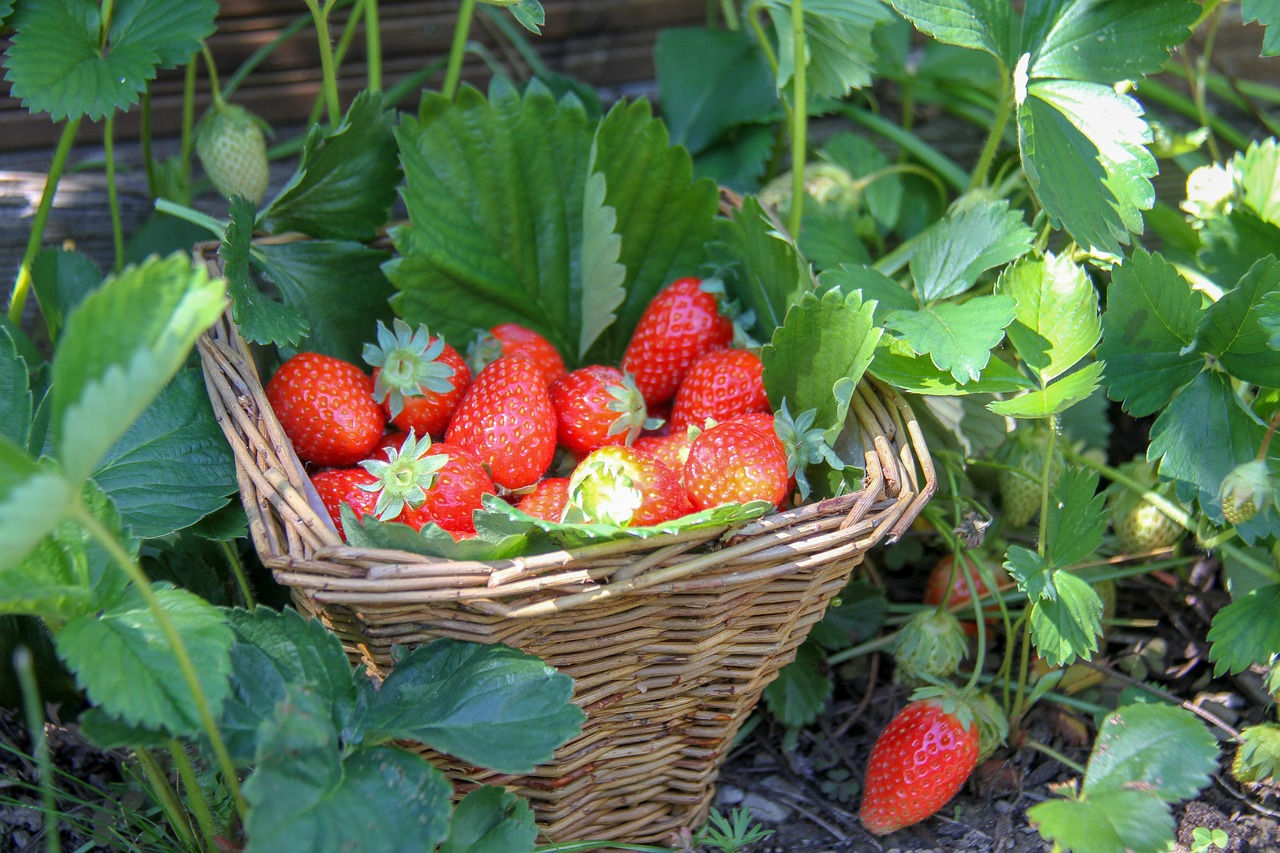Planting, sowing & harvesting strawberries
Growing strawberries
Strawberries (Fragaria) are, as you might not immediately expect, part of the rose family (Rosaceae) and are therefore direct relatives of fruit species such as apples, cherries and quinces. The perennial, hardy plants produce five-petaled, white flowers that are characteristic of this family. Depending on the variety, they develop into small or large strawberries, which bear their seeds on the outside of the skin. This is why it is also a so-called aggregate fruit and, botanically speaking, is not a berry. Once planted in the garden, you can enjoy the plant for several years and, with good care, harvest it for around three to four years. However, most gardeners replace strawberry plants after this period, as the production and quality of the fruit decreases. However, this also depends heavily on the variety, location, care and weather conditions.
Location & soil
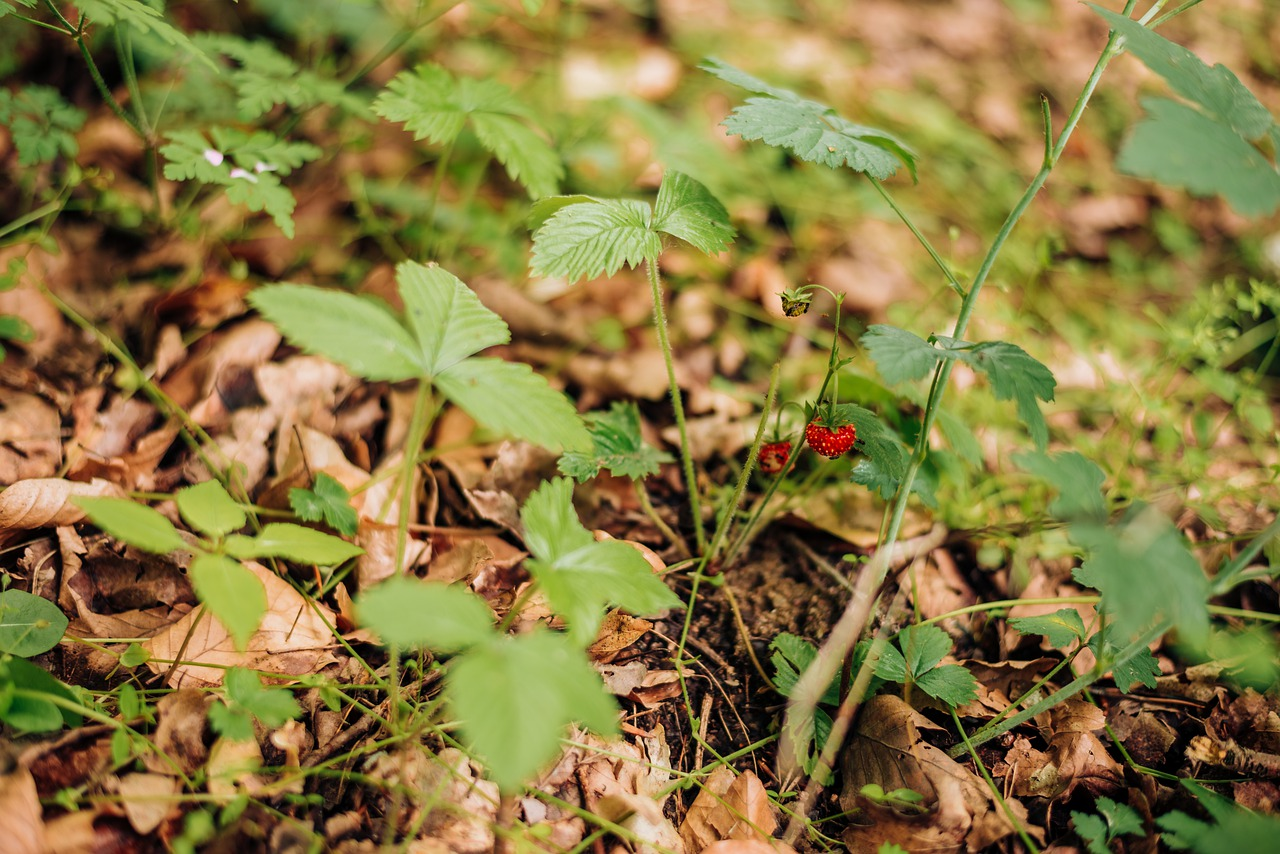
The fruits of the strawberry plant become sweeter and more aromatic in bright sunlight. Therefore, a sunny spot is definitely the right place for most strawberry varieties. However, this does not apply to all varieties and the small wild strawberries also thrive in partial shade. The soil should be loose and not too heavy, as strawberry plants tend to develop root diseases in compacted soil. The plant is sensitive to salt and lime and prefers soil with a slightly acidic pH value of between 5.5 and 6.5.
Planting a strawberry bed: how to do it
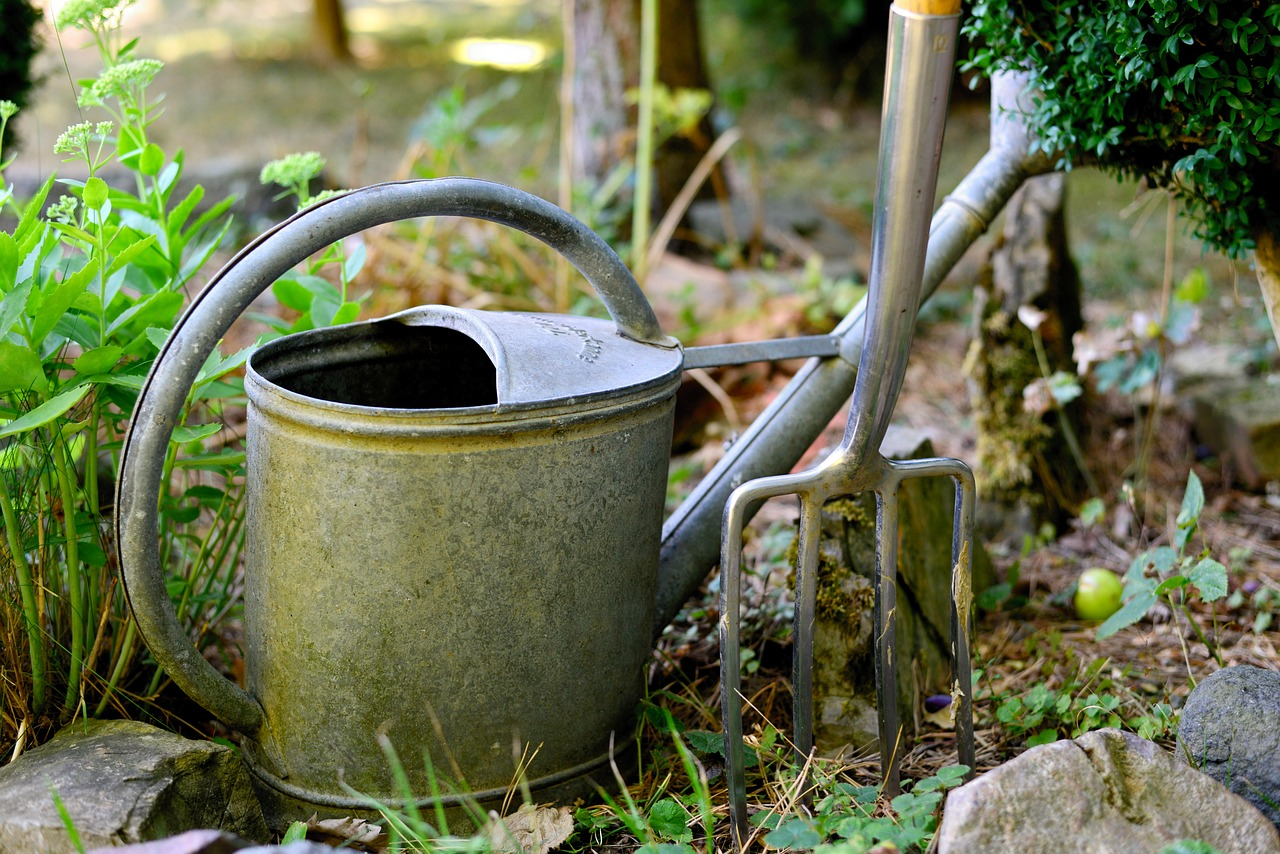
Strawberries are sensitive to weeds in their vicinity, as they only develop very shallow roots and their growth is rather small and compact. The soil should therefore be thoroughly weeded and deeply loosened. It is best to use a digging fork for this. This allows you to loosen the soil deeply without upsetting the soil layers and disturbing the soil life. As strawberries do not like to be planted in freshly loosened soil, the soil should be given time to settle. Therefore, start preparing the beds two weeks before the planned planting date. You can also fertilize the soil for a better start and sufficient nutrients. An optimal supply of potassium is particularly important for strawberries, whereas too much nitrogen in the soil can promote diseases.
Planting strawberries: Timing & planting distance
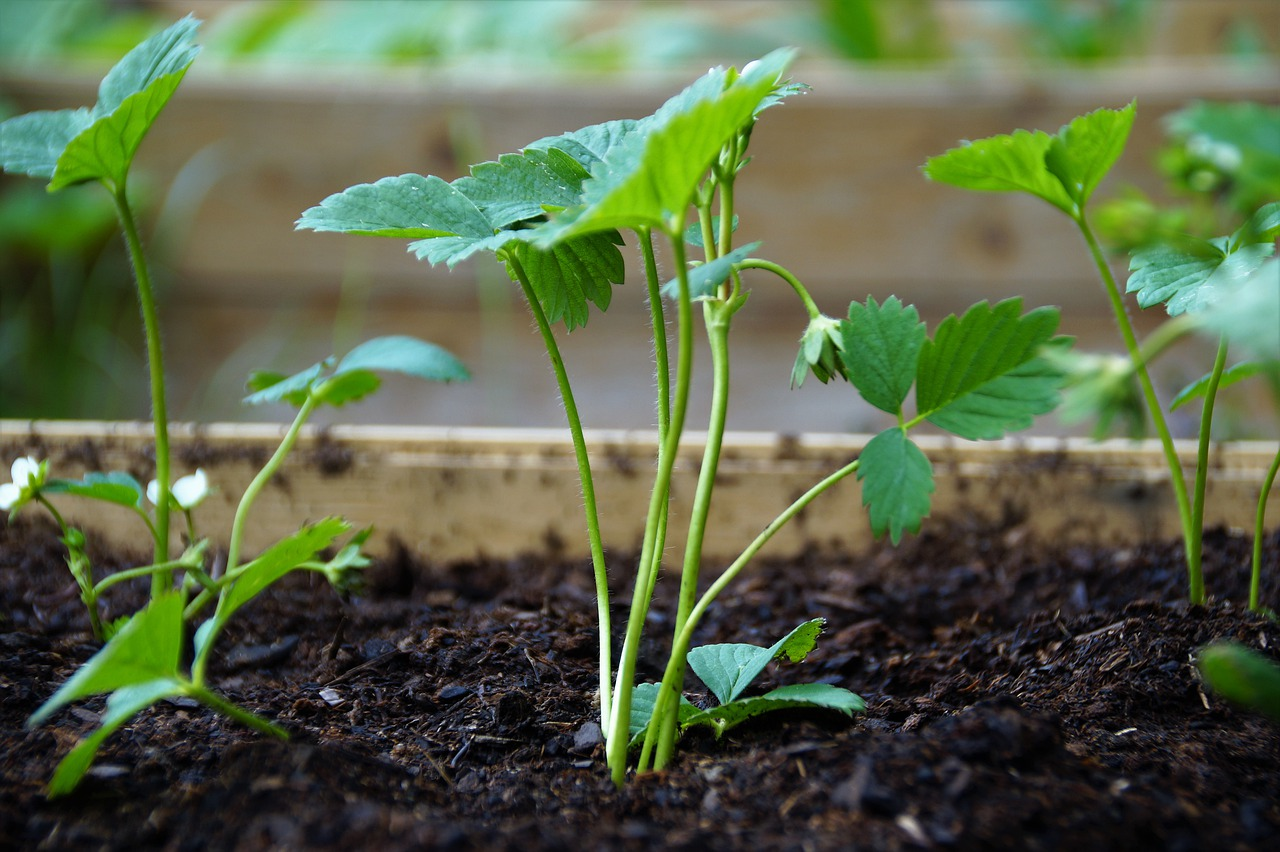
The best time is in summer between June and August. If you have missed this, spring planting is also possible from March. The distance between the rows should be 60 cm/23.6 in or enough to allow you to harvest the fruit easily. The spacing between the plants should be between 20 and 30 cm/7.9 and 11.8 in. Place the young plants in the soil so that the heart is slightly higher than the soil surface.
Sowing strawberries
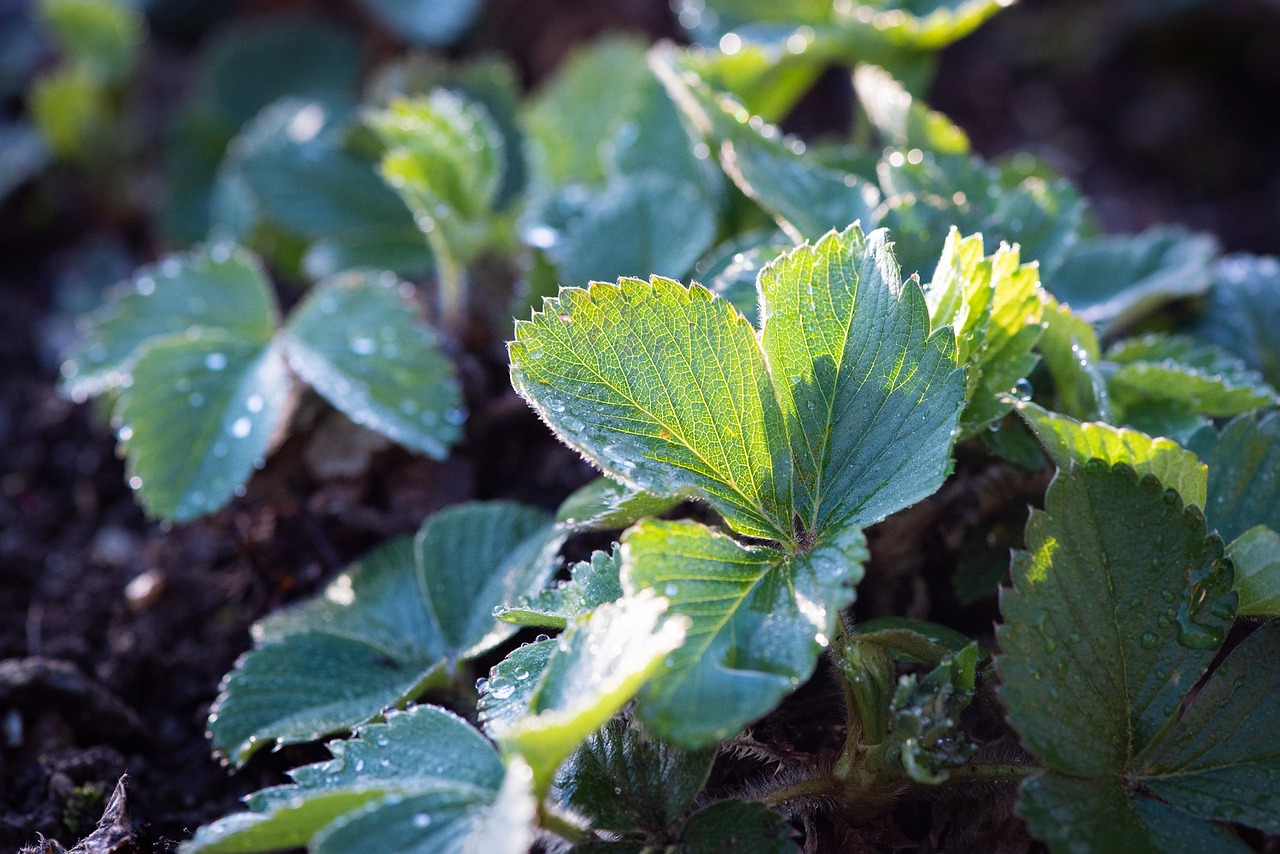
Not all strawberry varieties are propagated by offshoots. Some varieties of monthly strawberries are the exception here and do not form runners. Get organic quality seeds and you're ready to go: if you sow between January and March, you can harvest fruit in the first year of cultivation. As light germinators, the seeds are simply placed on the soil, pressed down and carefully moistened. The seeds now need temperatures of around 20 ° C/68 ° F to germinate. To do this, place them in a bright place without direct sunlight. Depending on the variety, the first seedlings will appear after two to six weeks. As the seedlings get bigger (about 4-5 leaves), they can be pricked out.
Harvesting strawberries

Most varieties ripen between May and August. However, there are also varieties that produce fruit quite late into September. It is best to vary different strawberry varieties with different harvest windows in order to be able to harvest strawberries for as long as possible. Caring for strawberries after harvesting: After harvesting, remove all the leaves from your strawberry plants except for the heart. Old leaves and runners are often already infected with fungal diseases and must therefore be removed from the bed. Over the winter, the leaves remove fiber and minerals from the plant and inhibit flower formation the following year. Loosen the soil around the plants slightly and fertilize it. Finally, apply a mulch layer of leaf compost. You should also lay this over the cut plants until only the tips are sticking out. This protects the root ball from the cold.
Pat_Scrap on Pixabay.
